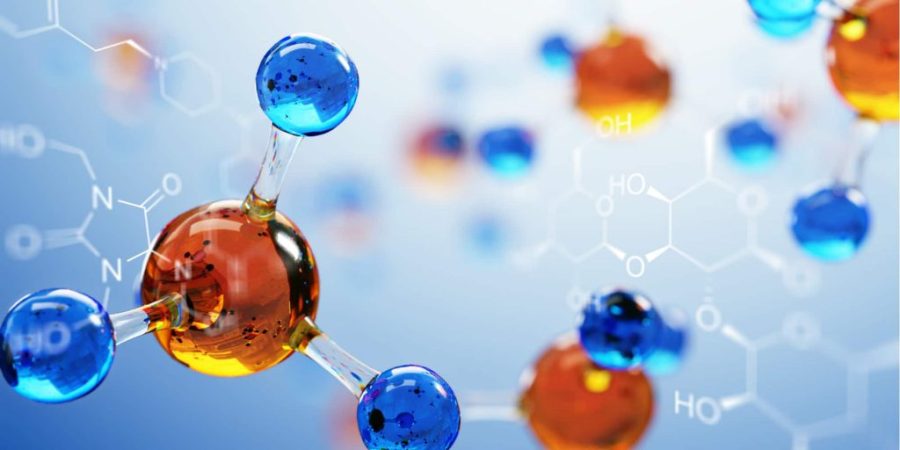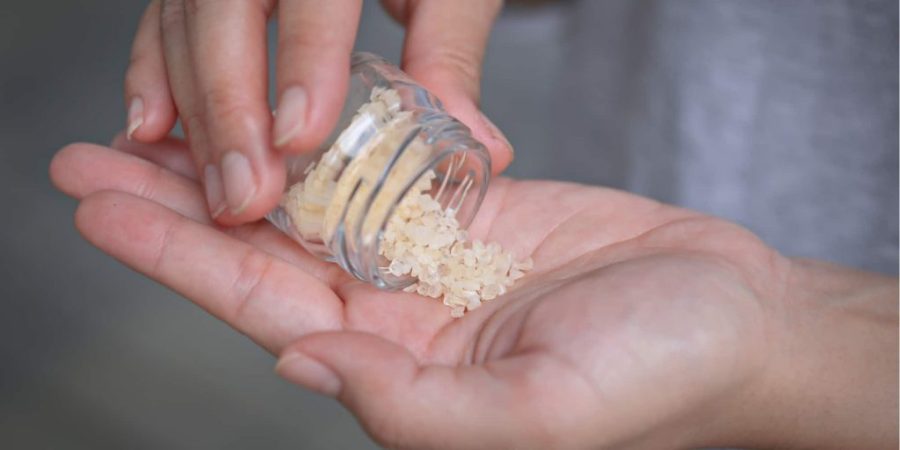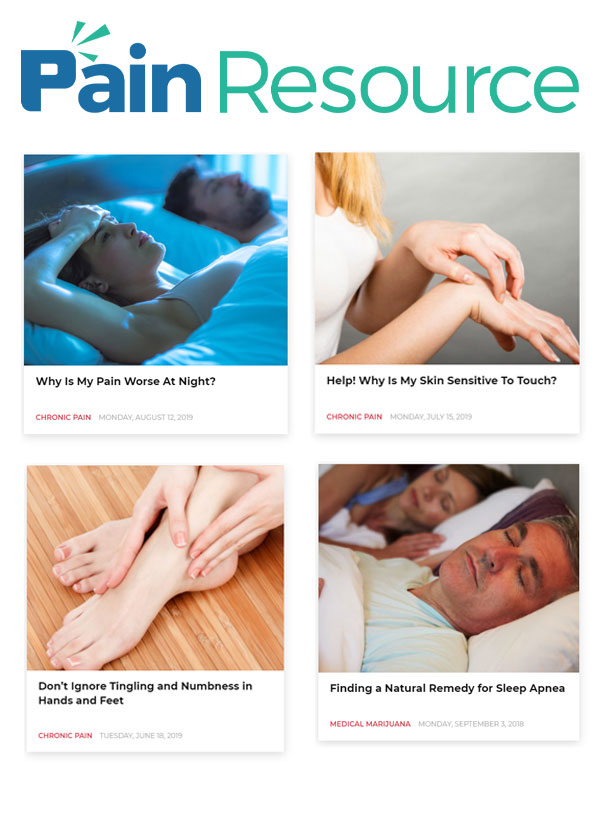
In today’s interconnected world, where it is possible to purchase practically anything with the click of a button, the internet is full of all manner of synthetic chemicals that can get someone high. Unfortunately, the law is unable to keep up with the fluid nature of these drugs and the different types of chemicals used to produce them. These drugs are known as research chemicals, due to their lack of proper research and testing.
But unfortunately, these research chemicals can cause more than just euphoria. Research chemicals and other synthetic drugs are often abused with dire consequences. For parents and loved ones, it’s crucial to know what these chemicals are, how to recognize them, and what help is available for those who abuse research chemicals.
Table of Contents
What Are Research Chemicals?


Research chemicals are synthetic drugs that have had little to no human testing, but are unregulated by the government. In proper lab environments, these chemicals are used in chemistry and other fields of science for research purposes. But for many of these chemicals, they can cause psychoactive effects when ingested.
These research chemicals are often marketed as “legal highs,” and there’s little clinical research on what these drugs are and how they work. There are literally thousands of research chemicals out there, from novel opioids to tryptamines or phenethylamines. Research chemicals are often sold online or in gas stations and convenience stores as a legal way to get high.
For young people, finding and purchasing research chemicals can be easier and less expensive than trying to obtain illicit substances or prescription drugs on the black market. That’s because these drugs tend to be cheap and easily accessible either online or in certain stores.
Some commonly abused research chemicals include:
- U-47700, nicknamed “U4,” “pink,” or “pinky,” is a highly potent synthetic opioid that looks like a white or light pink powder. Often, it is either sold in baggies or pressed into pills to look like legal painkillers.
- 2C-B is a tryptamine which causes stimulant and hallucinogenic effects, including increased visual, auditory, and tactile sensations.
- 25I-NBOMe and 25C-NBOMe are hallucinogens which are taken orally and sometimes confused with LSD.
Are Research Chemicals Legal?
Enterprising drug dealers and black-market chemists will label research chemicals as “not for human consumption.” By labeling them as such, manufacturers can avoid regulation from the FDA and other government authorities. Most research chemicals are made overseas and then shipped to the U.S. Moreover, many are untested and can have unpredictable effects that can be incredibly dangerous.
Unpredictable drugs like bath salts or Spice are the most infamous of the modern research chemicals. While these compounds have been listed as illegal, manufacturers adjust one or two points on the molecule to create a drug that is technically new, but chemically similar to the original, and then release it to the unregulated legal high market.
Once the FDA or other authorities discover a dangerous research chemical, the substance is then analyzed chemically and usually banned. Unfortunately, black market dealers and chemists are adept at slightly tweaking the drug’s chemical makeup. They can quickly make new versions of research chemicals and then put them back on the market, and the FDA is unable to regulate the new chemicals.
Currently, there are over a hundred different types of research chemical compounds in existence, with slightly altered forms to escape detection from the DEA and other government regulatory bodies. In 2012, The Synthetic Drug Abuse Prevention Act was passed, which put many research chemicals into Schedule One classification.
What Demographics Are at Risk for Research Chemical Abuse?
Because of their status as a legal way to get high, research chemicals are commonly abused by young people looking to have fun and experiment. One report even found that drugs in the 2C class being advertised for sale on Instagram. UNODC reported in their 2016 World Drug Report that most people who abuse research chemicals are polysubstance users, meaning they take multiple drugs recreationally. This is largely because people who frequently ingest research chemicals mix and match recklessly.
Besides being used as club drugs, research chemicals are often abused by those with co-occuring mental health issues who are looking for a legal way to alleviate their symptoms. Because research chemicals can be easily obtained online and typically have online communities dedicated to touting their supposed benefits, they’re attractive to people trying to self-medicate without having to turn to illegal black market drugs.
Can Research Chemical Addiction Be Treated?
The first step in drug abuse treatment for certain drugs is detox–the medically monitored process by which the drug slowly leaves a person’s body and may result in physical withdrawal symptoms. Withdrawal from research chemicals has not been well documented, so it is particularly dangerous because of the lack of information on withdrawal symptoms.
After detox, depending on the individual’s clinical evaluation, the treatment options are inpatient and outpatient rehabilitation programs depending on the severity of the drug abuse. Inpatient programs involve staying in a facility for several weeks or months, and outpatient programs typically involve traveling to the treatment center or hospital multiple times per week. Therapy, 12-step programs, and support groups have proven to be valuable tools in helping address substance abuse issues.
An important aspect of addiction treatment is to ensure that the addicted individual is supported, gains the tools needed to prevent relapse, and that the person’s life is well-balanced and safe. Stress, lack of life satisfaction, co-occurring mental illness, and other distressing factors all increase the risk of going back to the drug. Because of this, it’s important to find an addiction treatment facility which can customize your treatment to your unique circumstances.
Getting Help for Research Chemical Abuse


If you’re looking to get help with research chemical abuse or other substance abuse and mental health related issues, the Blackberry Center in St. Cloud, Florida is here to serve your mental health and substance abuse recovery needs. We offer medically supervised detox, as well as mental health counseling, group therapy, and other evidence-based techniques to help develop the skills you need to help make your recovery stick.
Of course, detox only helps stop physical addiction, and substance use disorders run much deeper than that. For many individuals, mental health concerns co-occur with addiction, where each issue worsens the other. In cases like this, dual diagnosis programming is a perfect blend of the traditional rehab experience and treatment of co-occurring mental health issues.
Do you have questions about how we can help you? Contact us at 888-512-9802, or send in your questions online through our confidential contact form. Remember, there will never be a better time to start recovery than today!
The post Legal Highs: The Dangers of Research Chemicals appeared first on The Blackberry Center of Central Florida.
Source
Original Author: The Blackberry Center

